Integration of Smart Technologies
The Automotive Damper Control Unit Market Industry is witnessing a trend towards the integration of smart technologies, such as connectivity and automation. These technologies enable vehicles to communicate with external systems, allowing for enhanced performance and safety features. For instance, smart damping systems can adjust in real-time based on driving conditions and driver behavior, providing a tailored driving experience. The incorporation of artificial intelligence and machine learning into damper control units is expected to further refine their functionality. As the automotive sector increasingly embraces smart technologies, the demand for advanced damper control units is projected to grow, with estimates indicating a potential market expansion of over 5% annually.
Rise of Electric and Hybrid Vehicles
The Automotive Damper Control Unit Market Industry is significantly influenced by the rise of electric and hybrid vehicles. As these vehicles gain popularity, manufacturers are focusing on optimizing performance and efficiency, which includes the integration of advanced damper control units. Electric and hybrid vehicles often require specialized damping solutions to manage their unique weight distribution and handling characteristics. This shift is likely to drive demand for innovative damper technologies that enhance ride quality while maintaining energy efficiency. Market analysis suggests that the increasing adoption of electric vehicles could lead to a substantial increase in the demand for automotive damper control units, potentially reaching a market size of several billion dollars by the end of the decade.
Regulatory Standards and Safety Requirements
The Automotive Damper Control Unit Market Industry is also shaped by stringent regulatory standards and safety requirements imposed by various authorities. These regulations often mandate the incorporation of advanced safety features in vehicles, including effective damping systems that enhance stability and control. As manufacturers strive to comply with these regulations, the demand for high-quality damper control units is likely to increase. Furthermore, the emphasis on crash safety and vehicle dynamics has led to innovations in damping technologies, which are designed to meet or exceed these standards. The market could see a notable uptick in growth as companies invest in developing compliant and efficient damping solutions.
Technological Advancements in Damping Systems
The Automotive Damper Control Unit Market Industry is experiencing a surge in technological advancements, particularly in the development of adaptive and semi-active damping systems. These innovations enhance vehicle stability and ride comfort, responding dynamically to road conditions. The integration of advanced sensors and control algorithms allows for real-time adjustments, improving overall vehicle performance. As manufacturers increasingly prioritize safety and comfort, the demand for sophisticated damper control units is expected to rise. Reports indicate that the market for these advanced systems could grow at a compound annual growth rate (CAGR) of over 7% in the coming years, reflecting the industry's shift towards more responsive and efficient damping solutions.
Consumer Demand for Enhanced Driving Experience
The Automotive Damper Control Unit Market Industry is significantly driven by consumer demand for an enhanced driving experience. Modern consumers increasingly prioritize comfort, safety, and performance in their vehicles, leading manufacturers to invest in advanced damping technologies. The ability of damper control units to provide a smoother ride and better handling is becoming a key selling point. As a result, automakers are likely to incorporate more sophisticated damper systems into their vehicles to meet these expectations. Market trends indicate that the focus on consumer preferences could lead to a substantial increase in the adoption of advanced automotive damper control units, potentially resulting in a market growth rate of around 6% over the next few years.


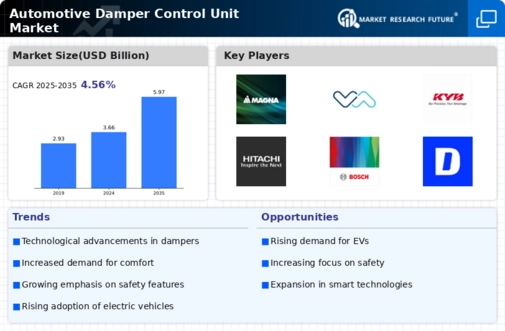
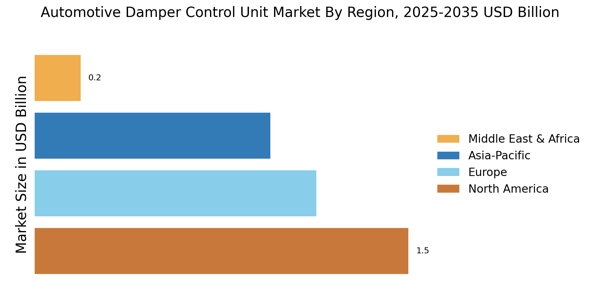


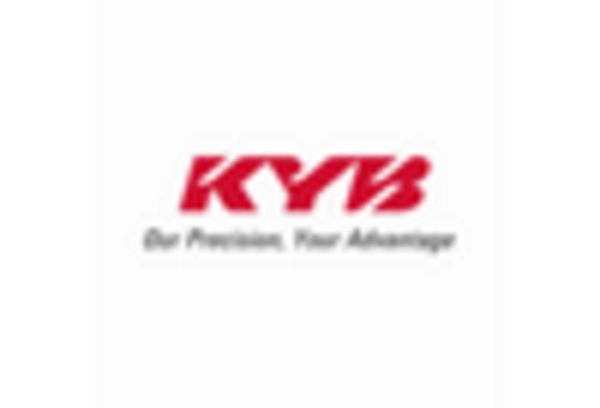
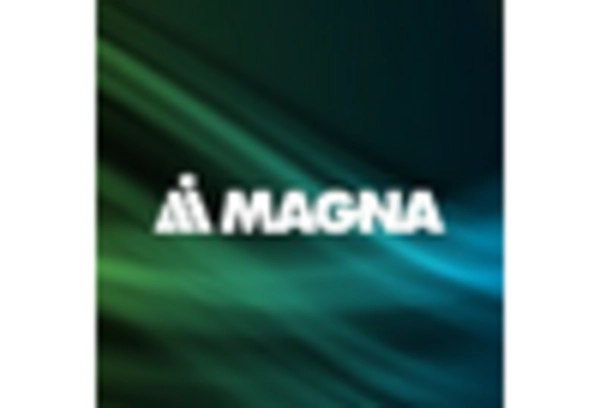
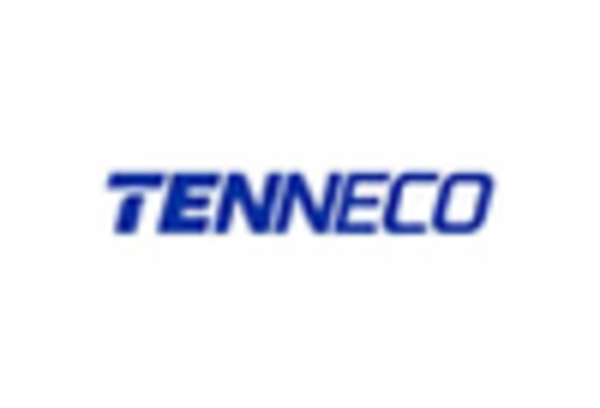
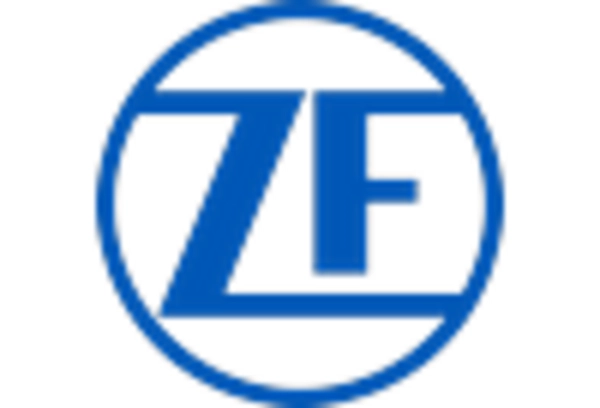








Leave a Comment